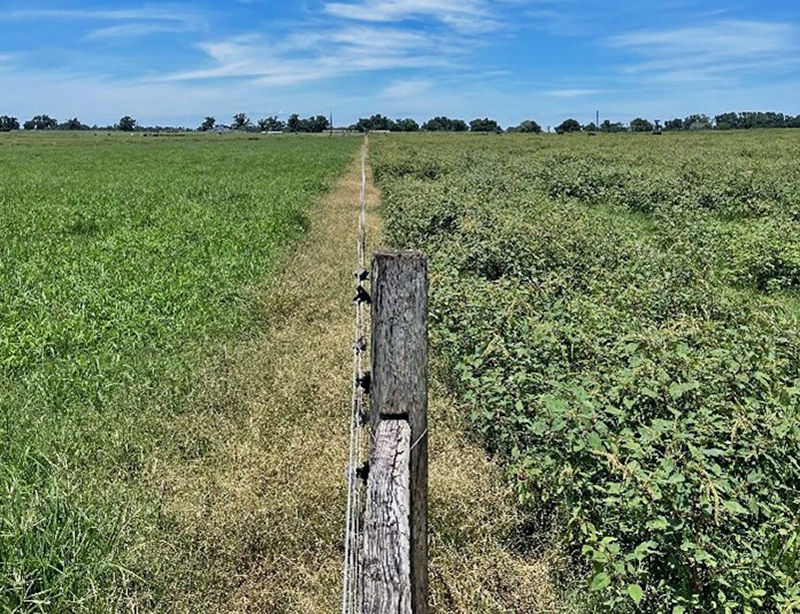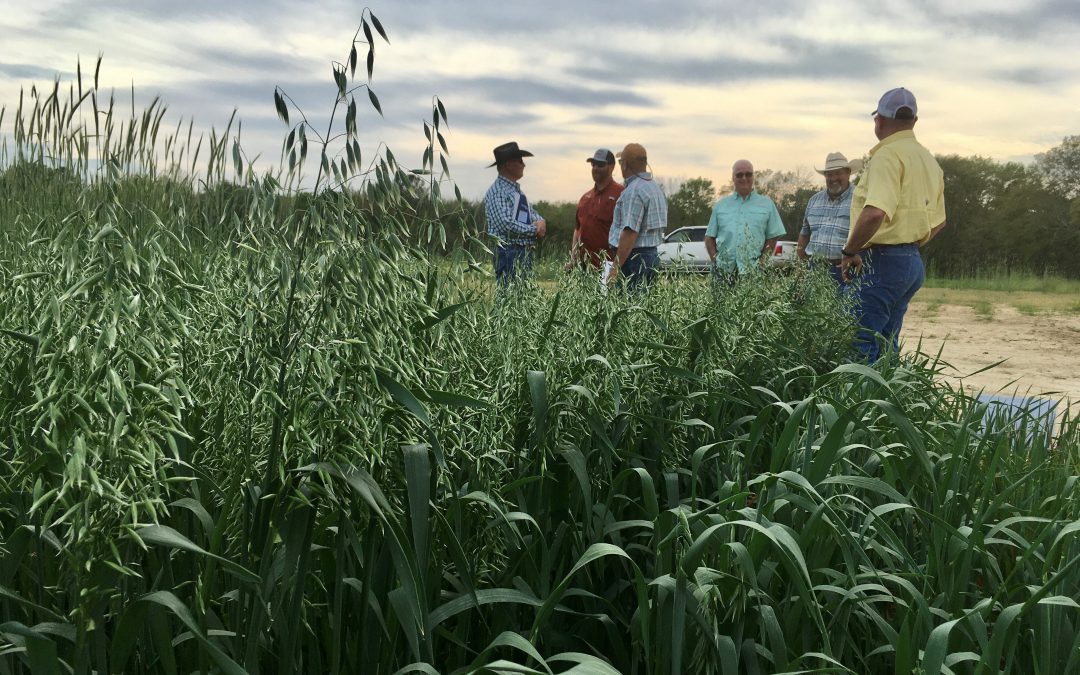
by Kalyn Waters | Sep 10, 2021
If you get up early enough and are an optimist, there is a hint of fall in the air, which means if cool-season forages are not on your mind, it’s time to make a plan. Recently Kalyn Waters, UF/IFAS Holmes County Director and Dr. Ann Blount, UF/IFAS...

by external | Sep 3, 2021
Agricultural producers now will have until December 1 to make coverage decisions and complete reporting activities for the Pasture, Rangeland, and Forage Pilot Insurance Program (PRF) and Apiculture Pilot Insurance Program (API). The U.S. Department of Agriculture’s...
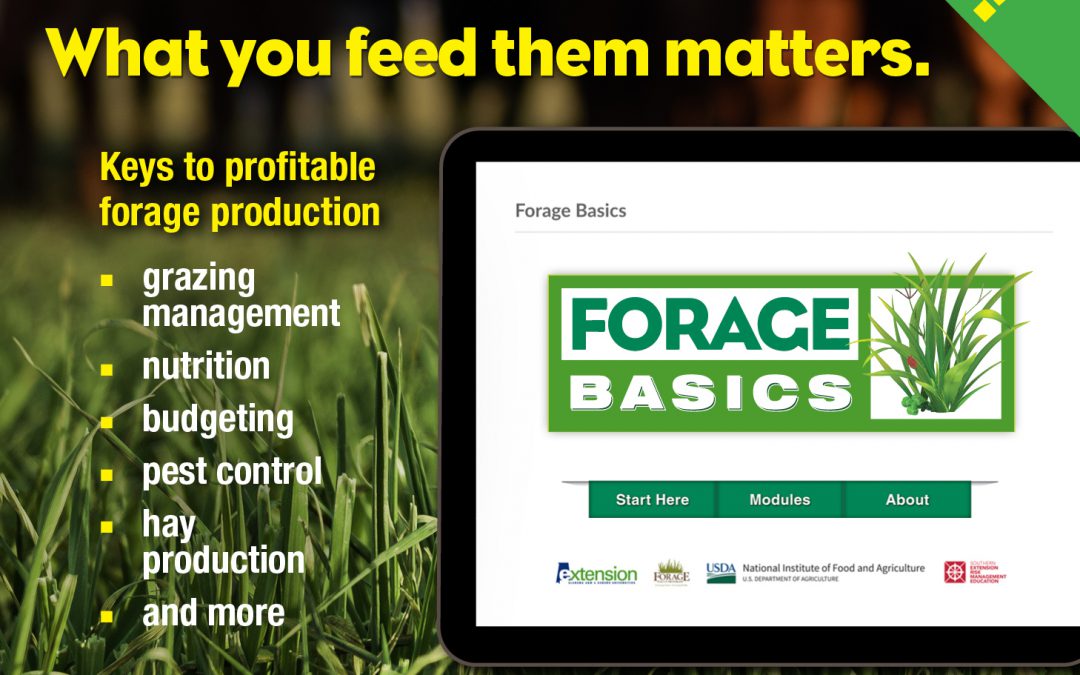
by external | Aug 27, 2021
Alabama Extension has developed an online course called Forage Basics that will be available starting September 1st. This course is a collaboration among extension specialists and Auburn University College of Agriculture faculty, with financial support from a grant...
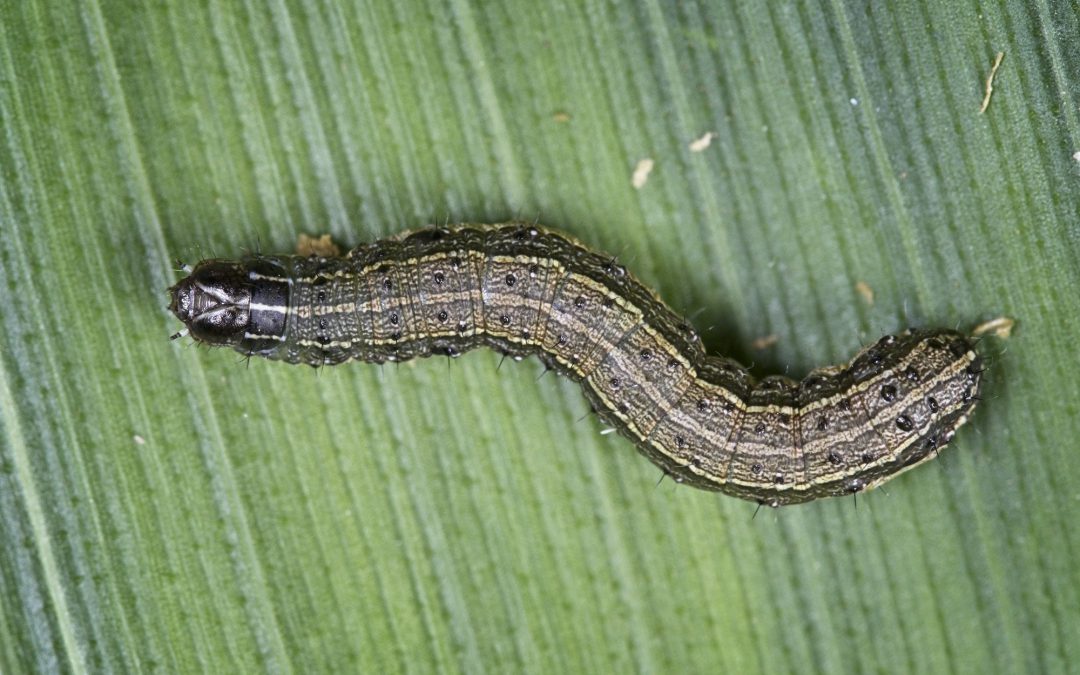
by Doug Mayo | Jul 30, 2021
Fall armyworms (FAW), Spodoptera frugiperda are certainly not a new pest in this region, but there are some unique challenges to deal with in 2021. The adult moths migrate in from South Florida into this region each spring/summer and lay eggs in fertilized...
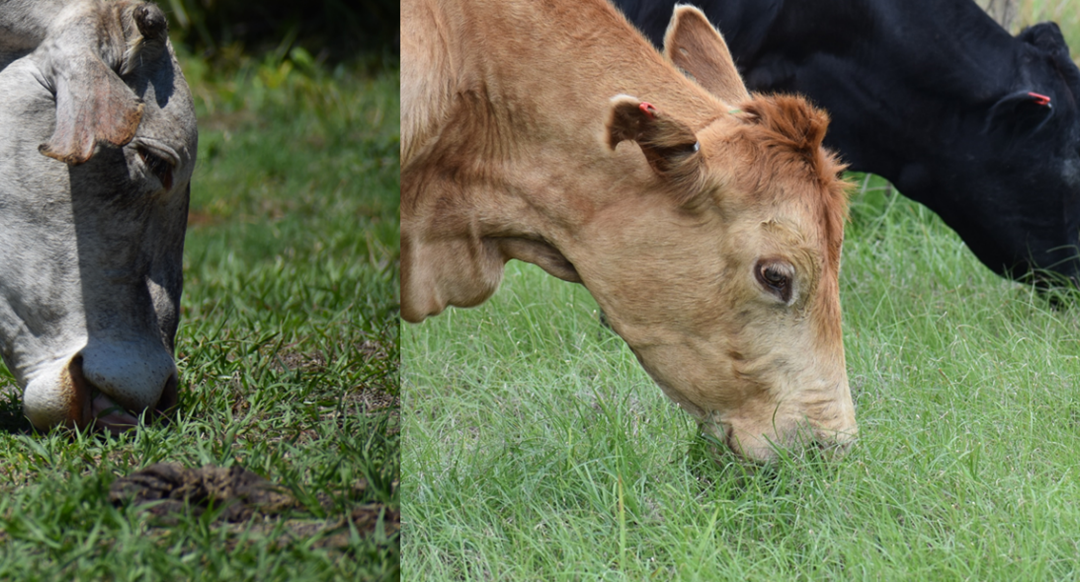
by Marcelo Wallau | Jul 2, 2021
Marcelo Wallau, Forage Extension Specialist UF/IFAS This past week I was invited by a colleague from Costa Rica, Dr. Luis Villalobos, to provide a virtual presentation on pasture management for an audience of students, producers, and consultants from multiple places...




